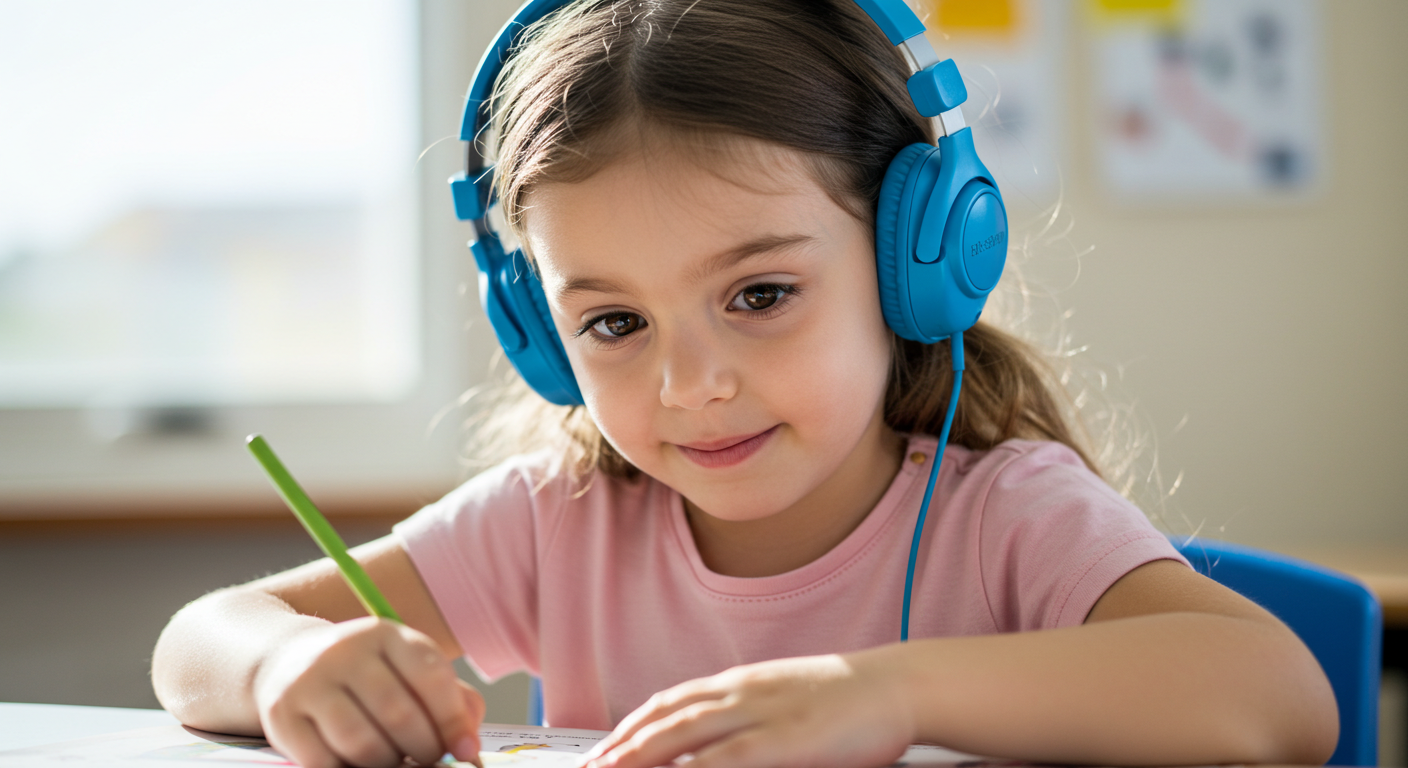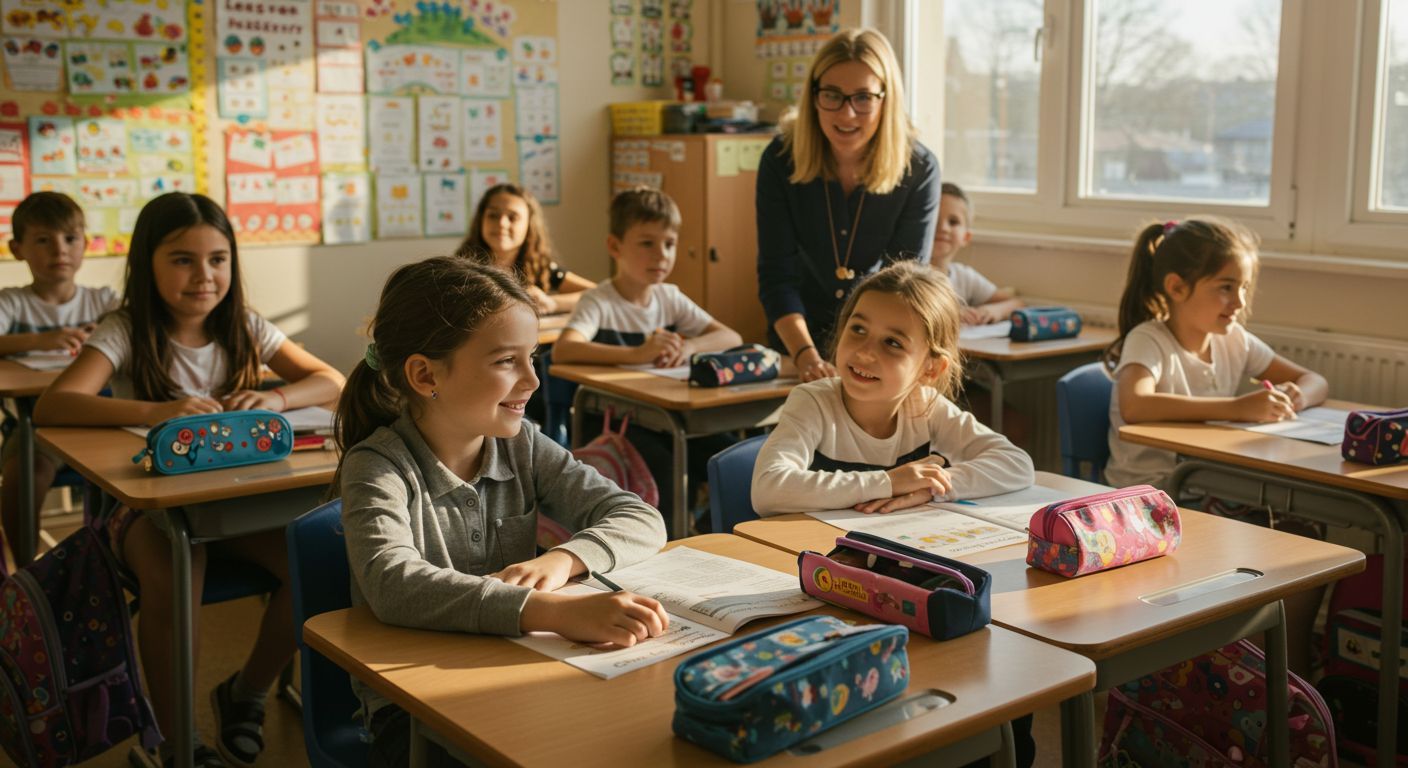ADHD Treatment Options:
Holistic Approaches Beyond Medication
When it comes to ADHD treatment, there’s no one-size-fits-all approach. Every child is different, and the symptoms of Attention Deficit Hyperactivity Disorder can vary widely from one individual to another. While many doctors may recommend medication such as Adderall or Ritalin, it's important to know that there are several highly effective non-medication alternatives. These can include behavioral therapy, dietary adjustments, environmental modifications, and educational interventions.
This comprehensive guide explores a variety of ADHD treatment options that go beyond simply managing symptoms. Instead, the goal is to identify the root causes of attention difficulties and address them in ways that support the child’s emotional, cognitive, and physical development.
Behavioral Interventions for ADHD Treatment
Behavioral therapy is one of the most widely recommended and evidence-based treatments for ADHD, especially in children. These interventions focus on helping children develop better self-regulation skills, improve attention spans, and reduce impulsive or defiant behaviors.
One of the first steps in behavioral treatment is identifying which symptoms are most disruptive. For some children, poor listening skills are the main issue. For others, it may be trouble with memory, aggressive outbursts, or challenges staying seated and focused in school.
Here are some targeted behavioral strategies:
- Listening skills: Teaching children active listening techniques can greatly reduce frustration in both school and home environments. Role-playing, visual cues, and repetition can help reinforce listening behavior.
- Attention and memory:Using tools like timers, visual schedules, and memory games can enhance a child's ability to stay focused and recall information.
- Defiant children: Children who are frequently defiant may benefit from a structured behavior intervention plan, where consequences are consistent and predictable. Positive reinforcement for cooperative behavior can also help.
- Aggressive children: Children who are aggressive may also benefit from a structured behavior intervention plan, where consequences are consistent and predictable.
- School Behavior: Behaviors at school are often different from those at home, which requires a special intervention plan to work on those specific behaviors.
- Sleep Issues: Many children with ADHD suffer from poor sleep, which can make symptoms worse. Creating consistent routines and using calming activities before bed can reduce sleep disturbances.
To support these efforts, parents can utilize free printable behavior charts. These tools allow children to visually track their progress and earn rewards for meeting specific goals like completing chores, staying focused during homework time, or managing emotional outbursts.
Integrated Listening Systems: A New ADHD Treatment Option

A relatively new approach gaining attention is the Integrated Listening Systems (iLs) therapy. This auditory program helps children improve sensory processing, focus, and cognitive function through a combination of music, movement, and cognitive exercises. The therapy is supervised by trained professionals and has been shown to benefit children with attention difficulties, learning disabilities, and auditory processing challenges. As an iLs associate, I personally supervise this therapy for children and have seen firsthand the positive impact it can have.
Dietary Changes and ADHD Treatment
What a child eats can significantly affect their mood, attention span, and energy levels. Using a specific ADHD diet plan has been shown to reduce ADHD symptoms without the use of medication and can include things like:
- Increasing Omega-3 Fatty Acids: Found in fish, flaxseed, and certain supplements, omega-3s are vital for brain function and have been shown to improve attention and behavior in children with ADHD.
- Reducing Sugar and Caffeine: High sugar intake and caffeine can increase hyperactivity and irritability in children, so reducing or eliminating these can help manage symptoms.
- Eliminating Artificial Additives: Substances like red dye 40, artificial sweeteners, and preservatives are common culprits in worsening ADHD behaviors.
- Feingold Diet: This highly structured plan removes all artificial colors, flavors, and certain natural salicylates. While restrictive, many parents report dramatic improvements in their children’s behavior.
Some families also explore gluten-free and casein-free diets, especially if the child has sensitivities that exacerbate behavioral issues.
For a deeper dive into biomedical approaches and natural treatments, I recommend the book Healing the New Childhood Epidemics: Autism, ADHD, Asthma, and Allergies by Kenneth Bock, M.D. This resource is rich in research and practical advice for holistic ADHD treatment.
ADHD Treatment in School Settings

Children with ADHD often struggle in traditional classroom settings due to distractions, rigid schedules, or teaching methods that don’t match their learning style. Effective ADHD treatment in school requires accommodation and creativity:
- Classroom Strategies: Seat the child away from distractions, such as windows or noisy classmates. Allow frequent movement breaks and use visual cues to support verbal instructions.
- Homework Support: Using homework charts, timers, and clear expectations can help children stay organized and complete tasks more independently.
- Apply Good Study Tips for Memorization: Implementing interventions to assist with studying and retaining information is another great way to help children with ADHD to do better in school.
- Behavior Charts: Token economies or reinforcement systems in the classroom can reward children for positive behaviors like staying on task, raising their hand, or turning in assignments on time.
For some families, homeschooling becomes a valuable alternative. Though it may seem overwhelming at first, many curriculum options are available to support parents. Homeschooling can provide a customized learning experience and reduce the stress that traditional schooling sometimes places on a child with ADHD.
Learning Styles and Personalized ADHD Support
Not every child learns in the same way. Traditional education emphasizes visual and auditory learning, but many children with ADHD are kinesthetic learners—they learn best by doing, touching, and moving.
Characteristics of kinesthetic learners often include:
- Strong preference for physical activity
- Difficulty sitting still
- Better memory for hands-on tasks
- Struggles with spelling or handwriting
- Enjoyment of music, sports, and building activities
Instead of punishing children for their learning differences, ADHD treatment should embrace these preferences. Incorporating movement into lessons, using tactile materials, or even teaching through games can make a big difference.
The Heart of ADHD Treatment: Love, Patience, and Understanding
No matter which treatment path you choose, the most essential components of ADHD treatment are love, patience, and understanding. Your support, encouragement, and willingness to explore different approaches will empower your child to thrive.
By combining behavioral tools, dietary changes, school supports, and awareness of learning styles, you’ll be giving your child the best chance to succeed—without relying solely on medication. With time and consistency, these ADHD treatment strategies can create real, lasting change.
If you haven't already, be sure to check out my ebooks, now on Amazon!
References
1. Fleming, Grace. Learning Styles: Know and use your personal learning style. www.about.com. 12-1-09.


